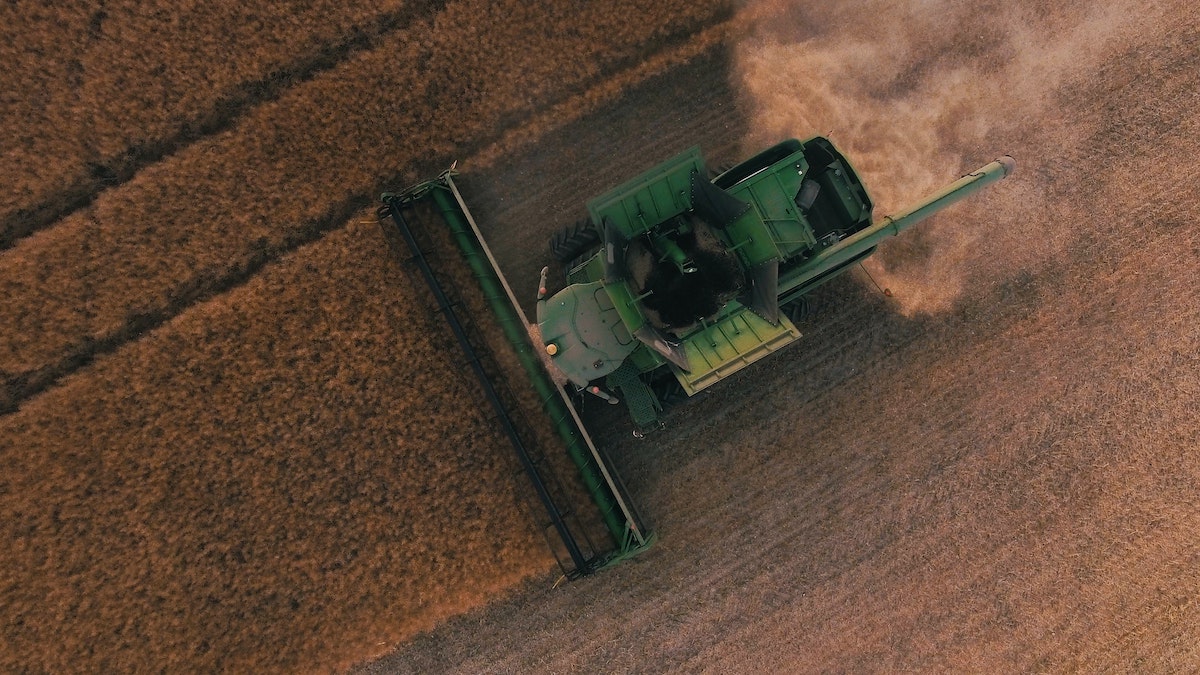Colorado’s diverse agriculture and unpredictable weather patterns make crop insurance a vital tool for farmers. Understanding the different types of crop insurance policies available and how they can protect your farm from natural disasters and market fluctuations is essential for managing risk and ensuring the long-term success of your operation.
Understanding the Different Types of Crop Insurance Policies Available to Colorado Farmers

Several crop insurance policies are available to Colorado farmers, each with unique coverage options and benefits.
- Multi-Peril Crop Insurance (MPCI): This is the most common type of insurance, providing coverage against yield loss due to natural disasters like hail, drought, and floods, as well as revenue loss caused by market price declines.
- Crop-Hail Insurance: This policy specifically covers damage caused by hail, a common threat to Colorado crops.
- Area-Based Insurance: This type of policy provides coverage based on the average yield in a specific geographic area rather than individual farm yields.
How It Can Protect Your Colorado Farm from Natural Disasters and Market Fluctuations
Crop insurance acts as a safety net for your farm, protecting your investment and income from unforeseen events.
- Natural Disasters: Colorado’s weather can be unpredictable, with hailstorms, droughts, floods, and other natural disasters posing significant risks to crops. This insurance can provide financial compensation for yield losses caused by these events, helping you recover and continue operations.
- Market Fluctuations: Crop prices can fluctuate due to various factors, including supply and demand, global events, and trade policies. This insurance can protect your income by providing revenue guarantees, ensuring you receive a minimum payment even if prices fall below a certain level.
When selecting an insurance policy, it’s essential to consider your specific needs and risk tolerance. Factors to consider include:
- Types of Crops Grown: Different crops may have different coverage options and requirements.
- Coverage Levels and Deductibles: Choose coverage levels and deductibles that balance your risk tolerance and premium costs.
- Premium Subsidies: Many policies are eligible for premium subsidies from the federal government, reducing your out-of-pocket costs.
Navigating crop insurance coverage can be complex, but it’s a crucial aspect of managing risk for Colorado farmers. By understanding the different types of policies available and how they can protect your farm from natural disasters and market fluctuations, you can make informed decisions and ensure the long-term success of your operation. Contact Prince Insurance today to discuss your crop insurance needs and find the right policy for your farm.


